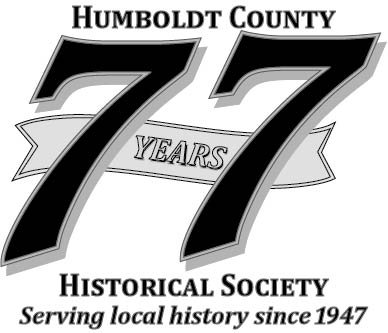Kiwelattah
One of the earliest residents of Humboldt whose name we know was Kiwelattah. In 1849, he was here when L.K. Wood and the Gregg Party reached our bay after a three-month arduous journey from the Trinity gold fields.
A respected elder of the Wiyot tribe, Kiwelattah canoed across the bay to greet and bring a load of clams to the exhausted men. He and his brother, Shasapee, stayed with them for a week.
After recovering, Wood and the others set off for San Francisco to report their “discovery” of the bay. This unleashed a flood of settlers and fortune-seekers that forever changed the lives of Kiwelattah and his people.
Although there was much conflict between the newcomers and indigenous people, Kiwelattah was apparently much respected by the settlers. He also became a special friend of Wood who named his Arcata farm “Kiwelattah” and helped form the Kiwelattah Grange.
The settlers called Kiwelattah “Coonskin” after the cap he wore to disguise scars from an earlier wound. His brother Shasapee was heard as Shakespeare. For several generations the Coonskin and Shakespeare families continued to reside in the area, many buried in Table Bluff cemetery.
Wood so esteemed Kiwelattah that he commissioned the renowned artist, Stephen Shaw, to paint his portrait – which now hangs in the Clarke Museum. Wood also urged that the town name “Union” be changed to Kiwelattah, and some contend that the name Arcata is a corruption of that. Today, it has been suggested that the empty plinth in Arcata’s Plaza where McKinley once stood be filled with a statue of Kiwelattah. An historically appropriate idea.

